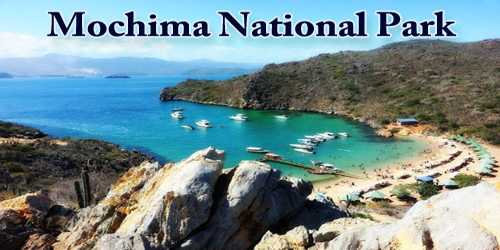The Gargano National Park (Italian: Parco Nazionale del Gargano) is a heavenly promontory that sits on the spur of Italy’s iconic boot. Covering over 120,000 hectares, the Gargano was declared a national park in the ’90s in order to protect sites with immeasurable naturalistic, archaeological, religious, and anthropologic significance.
It is a national park in the province of Foggia, southern Italy. Aside from the Gargano promontory from which it takes its name, it includes also the Tremiti Islands archipelago and the wetlands Lago Salso.
Spread out across the Gargano Promontory in the Puglia region, the park offers up a mix of coastal gems as well as some highlights inland. Gargano National Park is known for its striking white cliffs and many sea caves, best seen on a boat tour. The park also includes the marine reserve of the Tremiti Islands, where travelers can swim or dive in the Adriatic or walk up along the coves and grottoes on the islands. Away from the water is the lush foliage of the Umbra Forest, which is as dense and ancient as it is peaceful.
Almost a region within a region, the Gargano National Park encompasses an area of more than 120,000 hectares, providing a home for countless habitats. The Park harbors several protected areas, including the Marine Reserve of the Tremiti Islands, an area unlike anywhere else thanks to the extraordinary beauty of its sea beds and natural caves.
Inland, the Gargano promontory is home to the last pocket of the verdant Umbra Forest, which was already a vast habitat in prehistoric times.

‘Forest Umbra’ is an ancient forest that has incredibly unique fauna and flora, due to its geographical position and natural events that have occurred over millions of years. This forest has been a UNESCO World Heritage Site since 2017 because of its ancient beech trees. The shady green expanse is home to beech trees, turkey oaks, oak trees, maple trees, and holm oaks. The highest tree of all is the holm oak of Vico del Gargano, which tops off at 50 meters (165 feet) and has a circumference of 5 meters (16 feet). It grows in front of a Franciscan convent where it was supposedly planted by the friar Nicola da Vico, who died in 1719. There are a number of ways to indulge in the beauty of this forest from hiking one of the trails to enjoying a picnic on one of the many picnic tables. There is not a lot of information available online about the trails.
There are numerous options to explore the park on foot or by bike, thanks to the activities organized by the park’s visitor centers, organizing bodies, and municipalities: itineraries and thematic excursions dedicated to sport, nature, food and wine, history and art, and religion.
The park, which extends into 18 municipalities, features many tourist attractions, including the sites of San Giovanni Rotondo and San Marco in Lamis, the Swabian castle of Monte Sant’Angelo, Manfredonia’s castle, and the coastal towns of Peschici and Vieste.
A walk in the Gargano National Park will reveal its great biodiversity. Visitors can admire towering beech trees, Turkey oaks, and hollies and encounter deer, badgers, foxes, as well as examples of the hundreds of animal and bird species that live here. Untamed habitats sit near fields, olive groves, and vineyards, providing a stunning setting and offering unforgettable views.
The National Park of Gargano(UNESCO site) is one of the few national protected areas efficiently contributing to the “un Bosco per Kyoto” project, which in 2007 has involved several schools in the realization of projects for social and responsible tourism. It is one of the most appreciated areas, unique for the decrease of fires and for the politics of environmental awareness.
Information Sources:
















